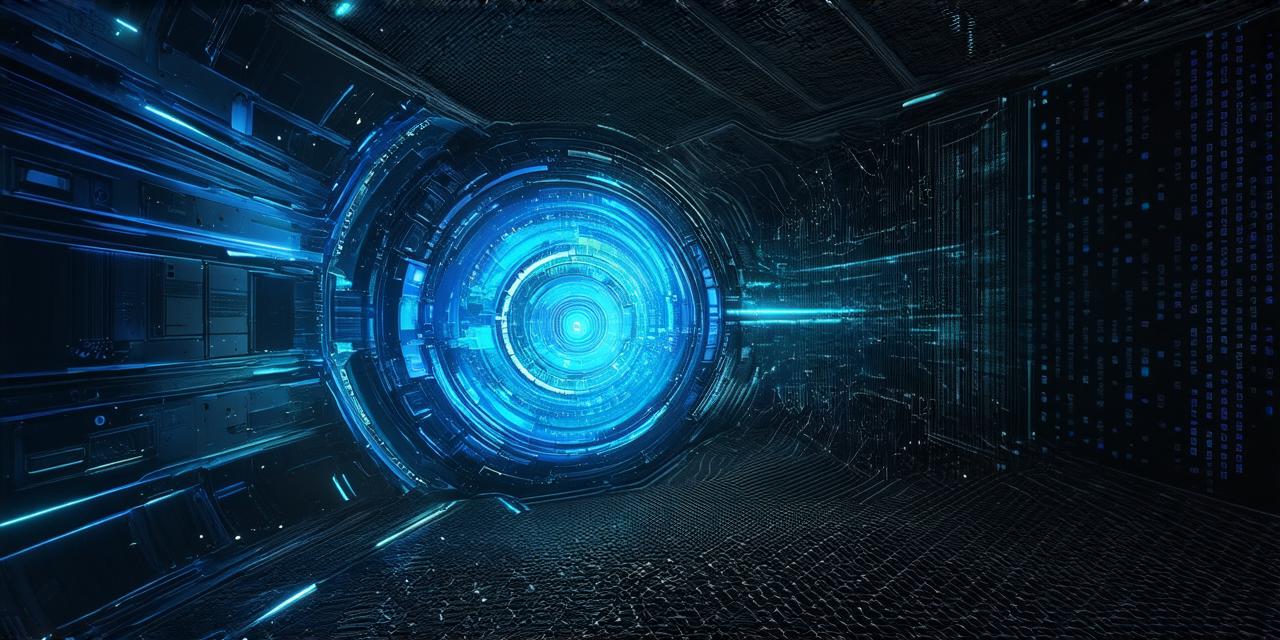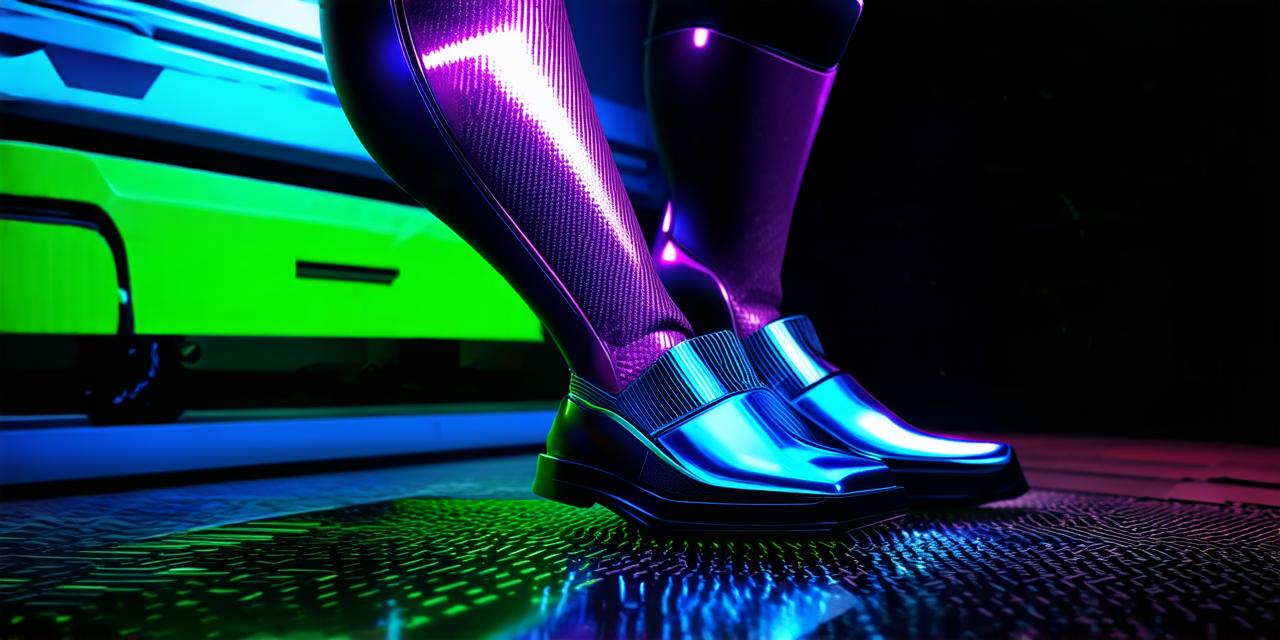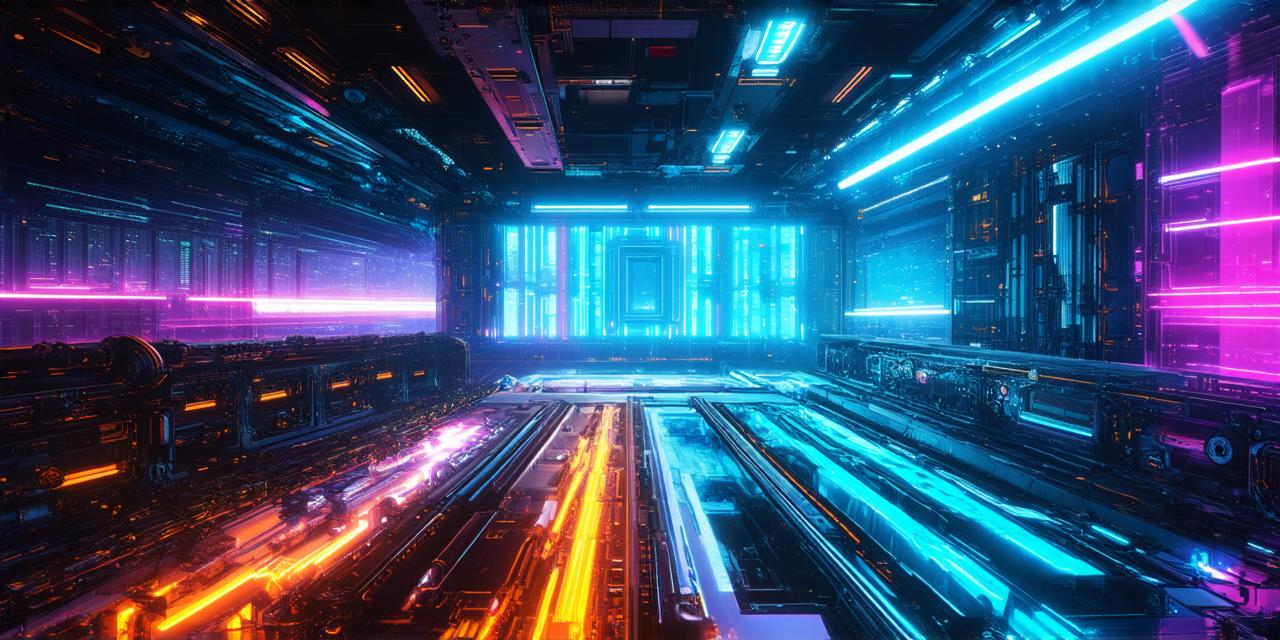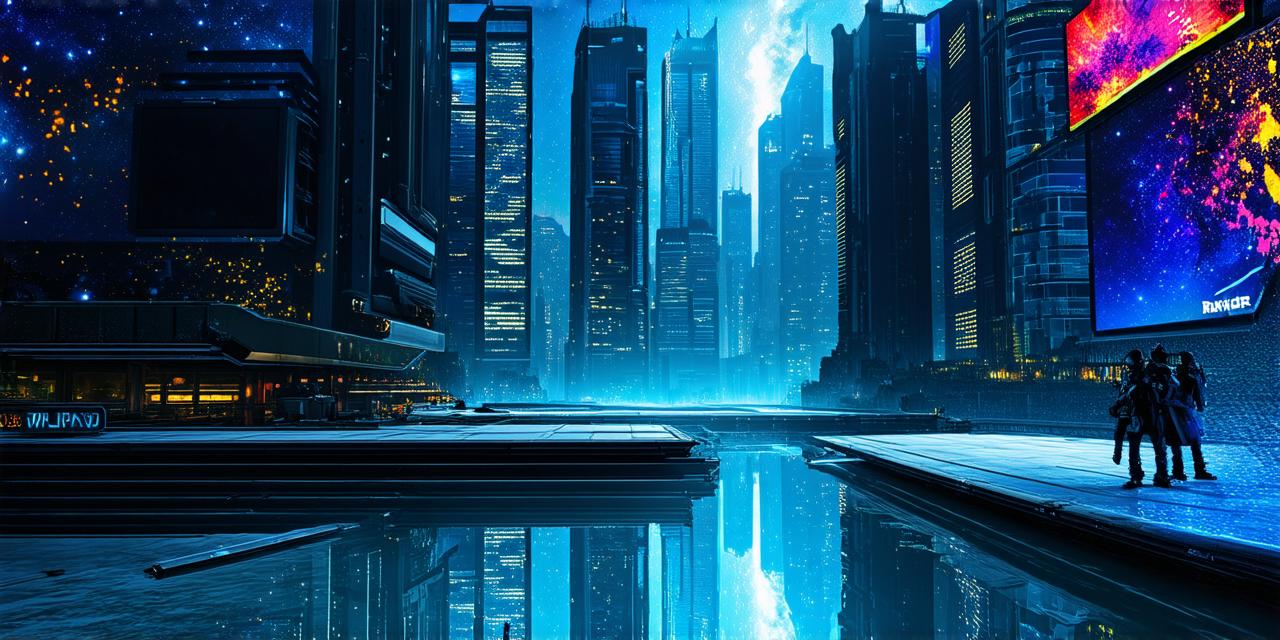Introduction
Virtual Reality (VR) is a revolutionary technology that immerses users in simulated environments, offering an interactive experience that transcends physical boundaries. This article delves into the key technologies powering this captivating realm.
1. Display Technology
– Head-Mounted Displays (HMDs): HMDs are the primary interface for VR experiences. They consist of two small screens placed very close to the user’s eyes, creating a stereoscopic 3D effect. The latest HMDs use OLED or LCD panels with high resolutions and refresh rates to minimize lag and provide a more realistic experience.
2. Tracking Systems
– Head Tracking: This technology allows the VR system to follow the user’s head movements, ensuring that the virtual environment adjusts accordingly for an immersive experience. Infrared cameras or gyroscopes are commonly used for this purpose.
– Hand Tracking: Hand tracking systems enable users to interact with objects within the virtual world using their own hands. This technology uses sensors and cameras to track hand movements, allowing for intuitive control in VR applications.
3. Spatial Audio
– Headphones: Spatial audio is crucial for creating a sense of presence in VR. Headphones are used to deliver sound that changes based on the user’s position within the virtual environment, making it seem as if sounds are coming from specific locations.

4. Haptic Feedback
– Vibrations: Haptic feedback provides tactile sensations to users, enhancing their sense of immersion. This can be achieved through vibrations in controllers or seats.
– Force Feedback: More advanced haptic systems use motors to create physical resistance, simulating the feeling of touching objects within the virtual world.
5. Computing Power
– Graphics Processing Units (GPUs): GPUs are essential for rendering complex 3D graphics in real-time, which is crucial for VR applications. High-performance GPUs can handle large amounts of data quickly, ensuring smooth and responsive visuals.
– Central Processing Units (CPUs): CPUs manage the overall operation of the VR system, processing user inputs and controlling the virtual environment in real-time.
6. Software Development Kits (SDKs)
– Unity: A popular game development platform, Unity offers support for VR development with its XR Plugin Management system.
– Unreal Engine: Another powerful tool for creating immersive VR experiences, Unreal Engine is used by many developers due to its advanced graphics capabilities and large community of users.
Summary
Virtual Reality is a fascinating blend of technology and imagination, offering limitless possibilities for entertainment, education, and beyond. The technologies discussed in this article form the foundation upon which VR experiences are built, enabling users to explore virtual worlds as if they were truly there. As these technologies continue to evolve, we can expect even more captivating and immersive VR experiences in the future.



